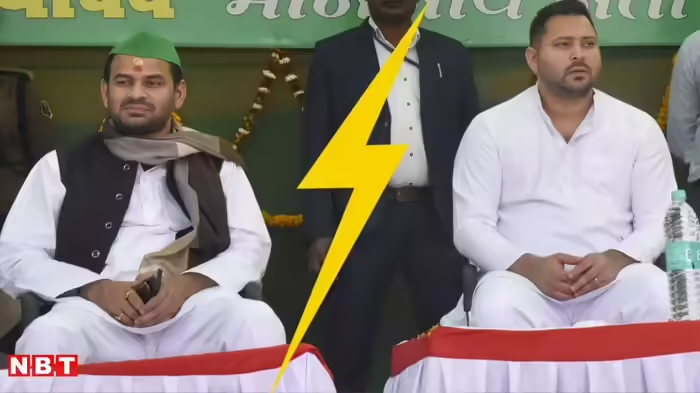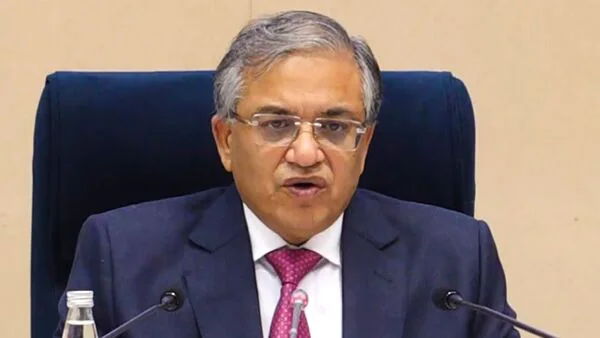In the upcoming 2025 Bihar Assembly elections, two constituencies – Mahua and Raghopur – have emerged as high-stakes arenas for a rare familial duel. Tejashwi Yadav, the chief ministerial face of the “Mahagathbandhan” alliance, is contesting from Raghopur, his traditional stronghold. Meanwhile, his elder brother, Tej Pratap Yadav, has declared candidature from Mahua under his newly launched party, the “Janshakti Janata Dal (JJD)”.
Raghopur has long been considered the turf of the Yadav family. In 2020, Tejashwi secured a comfortable victory from there, reinforcing the seat’s symbolism for the RJD. On the other side, Mahua had previously been held by Tej Pratap (in 2015) and his campaign this time emphasises local grievances – notably the stalled ₹462-crore hospital project that remains unopened.
Observers say the fraternal rivalry adds an unusual emotional dimension to the political contest. Tej Pratap has accused Tejashwi of “misleading the public” and stressed that the public is above party. In contrast, Tejashwi has appealed to voters in Mahua to back the RJD candidate while maintaining a measured tone when referring to his brother.
Strategically, the fight holds implications beyond the seats themselves. A split in the Yadav family’s vote bank could signal a weakening of the RJD’s combined strength at a time when every seat matters in a closely fought assembly. Analysts estimate that even a divergence of tens of thousands of votes could sway the final outcome in several constituencies.
For the electorate, the election in Bihar on November 6 and November 11 (first phase for 121 seats) will hinge not just on policy, but also on identity, legacy and intra-party dynamics. Mahua vs Raghopur thus becomes one of the election’s most symbolic battlegrounds – where family, faction and future converge.



